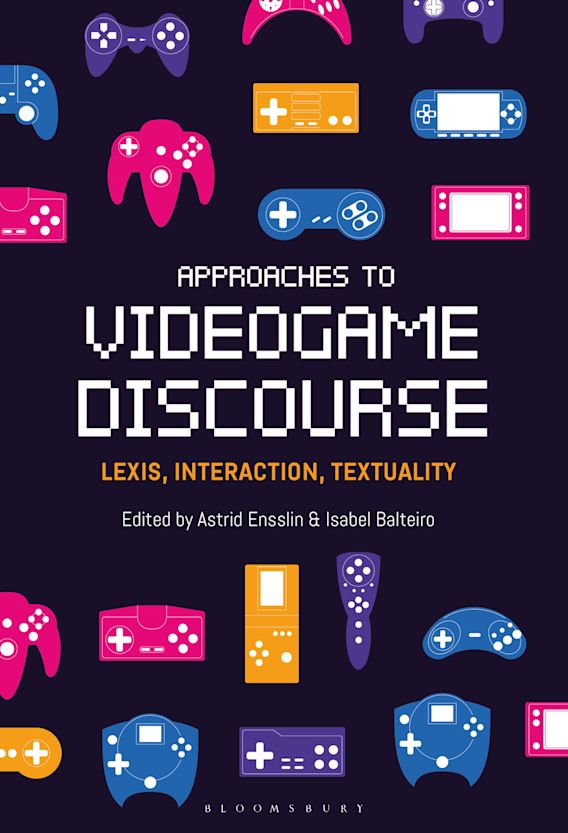Hardcover, 336 páginas
Idioma English
Publicado el 2 de mayo de 2019 por Bloomsbury Academic.
Lexis, Interaction, Textuality

Hardcover, 336 páginas
Idioma English
Publicado el 2 de mayo de 2019 por Bloomsbury Academic.
The first significant collection of research in videogame linguistics, Approaches to Videogame Discourse features an international array of scholars in linguistics and communication studies exploring lexis, interaction and textuality in digital games.
In the first section, “Lexicology, Localisation and Variation,” chapters cover productive processes surrounding gamer slang (ludolects), creativity and borrowing across languages, as well as industry-, genre-, game- and player-specific issues relating to localization, legal jargon and slang. “Player Interactions” moves on to examine communicative patterns between videogame players, focusing in particular on (un)collaborative language, functions and negotiations of impoliteness and issues of power in player discourse. In the final section, “Beyond the 'Text',” scholars grapple with issues of multimodality, paratextuality and transmediality in videogames in order to develop and enrich multimodal theory, drawing on key concepts from ludonarratology, language ideology, immersion and transmedia studies.
With implications for meaningful game design and communication theory, Approaches to Videogame Discourse examines …
The first significant collection of research in videogame linguistics, Approaches to Videogame Discourse features an international array of scholars in linguistics and communication studies exploring lexis, interaction and textuality in digital games.
In the first section, “Lexicology, Localisation and Variation,” chapters cover productive processes surrounding gamer slang (ludolects), creativity and borrowing across languages, as well as industry-, genre-, game- and player-specific issues relating to localization, legal jargon and slang. “Player Interactions” moves on to examine communicative patterns between videogame players, focusing in particular on (un)collaborative language, functions and negotiations of impoliteness and issues of power in player discourse. In the final section, “Beyond the 'Text',” scholars grapple with issues of multimodality, paratextuality and transmediality in videogames in order to develop and enrich multimodal theory, drawing on key concepts from ludonarratology, language ideology, immersion and transmedia studies.
With implications for meaningful game design and communication theory, Approaches to Videogame Discourse examines in detail how video games function as means and objects of communication; how they give rise to new vocabularies, textual genres and discourse practices; and how they serve as rich vehicles of ideological signification and social engagement.